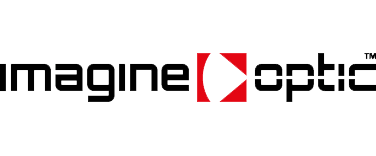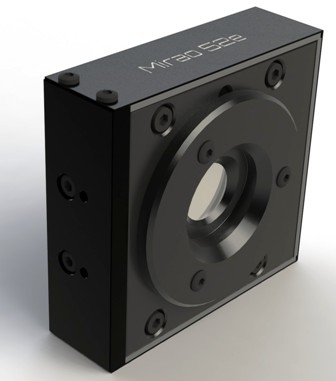Correction of static aberrations involved in tilted objective geometries restores the performance and full versatility of open-top light-sheet configurations. Even if many optical geometries have been proposed in light-sheet microscopy, in particular regarding the arrangement of excitation and/or emission objectives, designing a light-sheet system based on an open-top microscopy configuration is still a challenge, in particular when dual-view light-sheet is sought. Open-top configurations provide the versatility of inverted frames, but – when applied to light-sheet – requires imaging through a tilted coverglass, which dramatically degrades the quality of images due to optical aberrations.
In order to circumvent this limitation and to enable dual-view, high-resolution light-sheet imaging, a team of researchers from Max Delbrück Center for Molecular Medicine (Germany), NIH and HHMI Janelia Research Campus (USA) recently proposed the use of adaptive optics to get rid of system aberrations (full publication here). Thanks to a smart symmetrical design and division of optical paths, aberrations can be corrected in both imaging paths using a single deformable mirror and sensorless iterative algorithms.
For all adaptive optics setups based on sensorless algorithms, a key performance requirement is the linearity of the phase modulator. The proposed method benefits greatly from the almost perfect linearity of the MIRA0 52E electromagnetic deformable mirror, as well as from its high dynamic range and intrinsic achromaticity when compared to most other phase modulators. If a particular mirror shape has to be kept for long-term imaging experiments, a specific version of MIRAO is also available, providing a stable shape within a few nm for hours (see MIRAO 52es).

